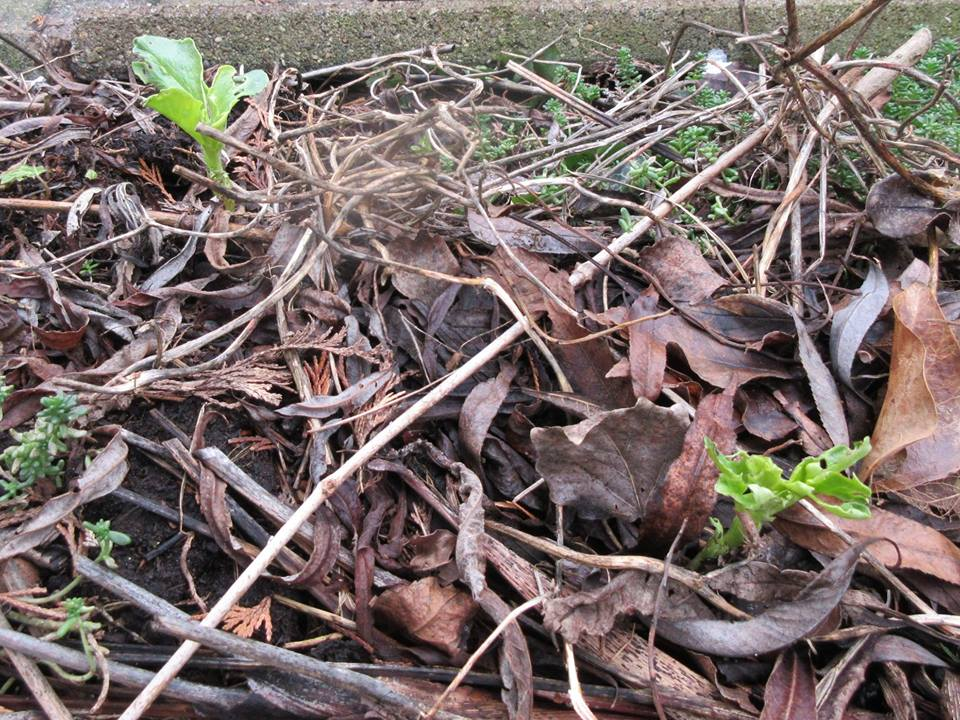
 2
2




Sourdough Without Fail Natural Small Batch Cheesemaking A Year in an Off-Grid Kitchen Backyard Dairy Goats My website @NourishingPermaculture @KateDownham










Bless your Family,
Mike




 3
3





"Also, just as you want men to do to you, do the same way to them" (Luke 6:31)





 3
3




Blog: 5 Acres & A Dream
Books: Kikobian Books | Permies Digital Market
 1
1




Western Montana gardener and botanist in zone 6a according to 2012 zone update.
Gardening on lakebed sediments with 7 inch silty clay loam topsoil, 7 inch clay accumulation layer underneath, have added sand in places.








Burl Smith wrote:What's your favarite recipe?
Western Montana gardener and botanist in zone 6a according to 2012 zone update.
Gardening on lakebed sediments with 7 inch silty clay loam topsoil, 7 inch clay accumulation layer underneath, have added sand in places.




 2
2











 1
1




Western Montana gardener and botanist in zone 6a according to 2012 zone update.
Gardening on lakebed sediments with 7 inch silty clay loam topsoil, 7 inch clay accumulation layer underneath, have added sand in places.
 1
1




Blog: 5 Acres & A Dream
Books: Kikobian Books | Permies Digital Market
 2
2




Western Montana gardener and botanist in zone 6a according to 2012 zone update.
Gardening on lakebed sediments with 7 inch silty clay loam topsoil, 7 inch clay accumulation layer underneath, have added sand in places.
 2
2




Western Montana gardener and botanist in zone 6a according to 2012 zone update.
Gardening on lakebed sediments with 7 inch silty clay loam topsoil, 7 inch clay accumulation layer underneath, have added sand in places.
 5
5




Blog: 5 Acres & A Dream
Books: Kikobian Books | Permies Digital Market
 3
3








klara bib wrote:I usually plant them in February, Agua Dulce. Every year I have problem with black aphids in March or April.
Once you make a decision, the universe conspires to make it happen. - Ralph Waldo Emerson





 1
1








Joseph Lofthouse wrote:The cross pollination rate of fava beans is around 30%. This makes them wonderfully susceptible to local adaptation (genetic drift).
Once you make a decision, the universe conspires to make it happen. - Ralph Waldo Emerson

 3
3









 4
4




Diverse seeds. Aromatic and medicinal herbs. And making stuff from it. Communicating with animals and plants. Stubbornly living by my own rules. Well, most of the time.
 5
5







Diverse seeds. Aromatic and medicinal herbs. And making stuff from it. Communicating with animals and plants. Stubbornly living by my own rules. Well, most of the time.
 2
2




Little house with a big garden in the city!
"It is no measure of health to be well adjusted to a profoundly sick society." ~ J. Krishnamurti
 1
1




I am only one, but still I am one. I cannot do everything, but still I can do something; and because I cannot do everything, I will not refuse to do something that I can do. (E.E.Hale)
 2
2




I am only one, but still I am one. I cannot do everything, but still I can do something; and because I cannot do everything, I will not refuse to do something that I can do. (E.E.Hale)




Low and slow solutions




 1
1




Kathy Vargo wrote:Beautiful pictures Anita! It make s me miss my time in Sicily. They are a lot of work, but worth the effort. We had them on pasta. in the Spring. Could you share you fava bean salad recipe? Looks like tomatoes, garlic and or onions, not sure what the greens are though. If I remember correctly, one farmer told us he fed his beef animals on fava beans he stored in a cave, not sure if they were soaked or not before feeding.
I am only one, but still I am one. I cannot do everything, but still I can do something; and because I cannot do everything, I will not refuse to do something that I can do. (E.E.Hale)







 2
2








Play is the basis of our intelligence.




Cumba Siegler wrote:Hi, all,
Has anyone had the experience of having the fava flowers stripped off and eaten? It's hard to grow the beans if you don't have the flowers. Can't imagine which creature has done this.
Little house with a big garden in the city!
"It is no measure of health to be well adjusted to a profoundly sick society." ~ J. Krishnamurti

|
Try 100 things. 2 will work out, but you will never know in advance which 2. This tiny ad might be one:
The new permaculture playing cards kickstarter is now live!
https://www.kickstarter.com/projects/paulwheaton/garden-cards
|










